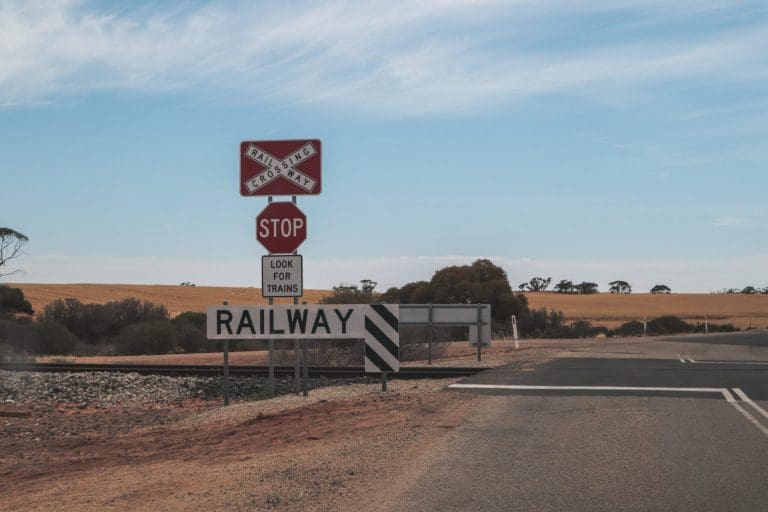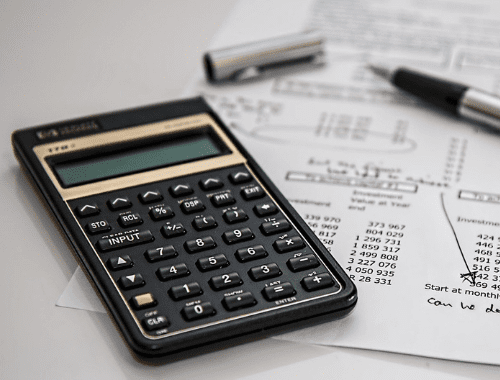Should You Turn Your First Home into an Investment Property?
The majority of Australian homeowners can be classified into a few different categories. There are first home buyers, upgraders, downsizers or investors.
The data on homeownership in Australia would suggest that the vast majority of Australians fit into just one of these categories. Less than 10 per cent of the population owns an investment property, which means that for the most part, Australians work their way up the real estate ladder by following the tried and true process of upgrading until retirement.
However, there is a section of the population who doesn’t continually upgrade their properties by selling their previous homes. These people effectively turn their ‘principle place of residence’ (PPOR) into an investment property.
So, is this something you should consider when the time comes to move into a bigger and better home?
Finances
First and foremost, the decision as to whether to sell or hold your former PPOR will be based predominately around your finances.
The first consideration will be whether you have the income to service the debt on two homes, one of which being an investment property. It’s important to note that many lenders will assess only 70 per cent of any rental income, making it a little tricky at times.
Similarly, you might need to sell your previous home to use some of the equity as a deposit on your next bigger and better family home.
Assuming you have the means to hold onto the property, there are some important things to look at and consider.
Opportunity Cost
Just because you can hold onto your former home as an investment, doesn’t mean you should.
You will need to carefully assess what the outlook for your house is; both as a rental property and in terms of potential capital growth.
If your property is in an area that has seen strong price growth recently, then perhaps in the short-term that area might not be as likely to see significant price appreciation.
Similarly, if you own a property that is not fitting in with what buyers are looking for, then the demand, both as a rental and for future growth, might be limited.
When assessing your former PPOR, you need to weigh up the pros and cons of keeping it versus the opportunity of investing in different areas.
Other suburbs or even states might be at different phases of their growth cycles, and also might be offering higher rental yields, which would make it easier to service any debt. Therefore, it is vital that you weigh up the opportunity cost of holding.
Benefits on Holding
By far most of the benefits of holding onto your former PPOR as an investment, come down to the savings you will be able to achieve, in terms of both taxes and transaction costs.
When you buy and sell property, there are significant costs involved. You will incur selling agent fees, marketing costs and other expenses such as auctioneer fees and settlement costs.
One of the other big benefits of holding onto a property that was previously your PPOR, is that you are able to enjoy the capital gains tax exemptions for a period of time.
In Australia, the ATO has what’s known as the six-year-rule, which allows your former PPOR to be exempt from capital gains tax for a period of six years. After this period of time, your property will be treated as a normal investment property and the sale will be seen as a capital gain for tax purposes. This can be a significant cost and something you need to consider. Of course, if you don’t sell the property, then you won’t need to pay any tax.
Whether you want to sell, hold or build a large investment portfolio, it all comes down to your own personal goals. There is no right answer, but the first step should always be speaking to a mortgage broker to understand your borrowing capacity and identifying what you are looking to achieve.
If you have a question or would like more information, please contact…
Steve
Mobile 0423 894 864
steve@bettermoneylenders.com.au
Brett
Mobile 0428 156 680
brett@bettermoneylenders.com.au







